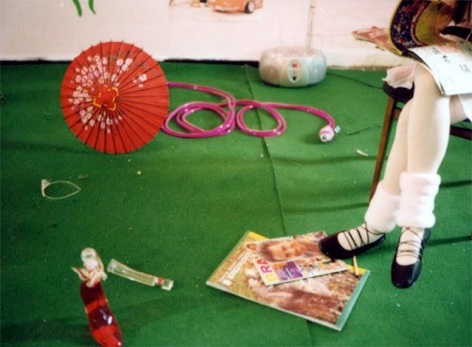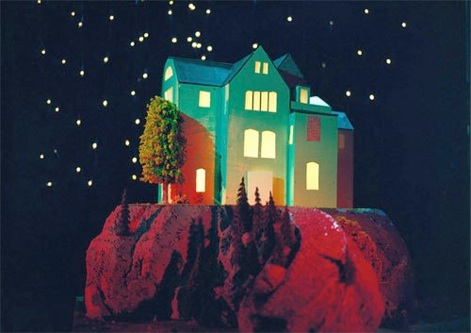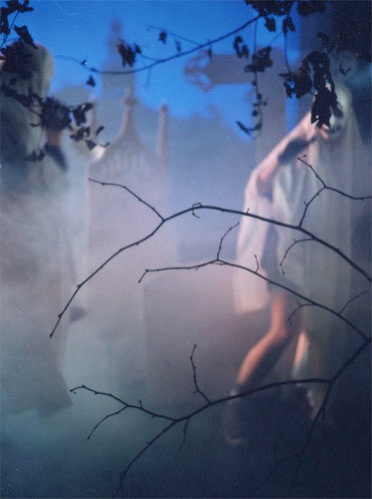S Y N O P S I S
The work Black Sun (2005) by Sue de Beer consists of an initially confusing and seemingly loose narration that is divided into several chapters with titles. However, the chapter entitled “Night of the World” appearing towards the end of the piece provides the missing thread of the storyline and allows the viewer to structure the roughly chronological plot differently.
The setting of the film is the inside of a house that recalls a typical New England home, much like in the novels of Hawthorne or Poe. By watching the film, the viewers accompany the protagonist through three stages of evolution.
The scenes do not follow a linear sequence. Instead, they repeat, foreshadow, and flash back to themselves, sometimes even presenting the viewer with new performers. The film is virtually devoid of any dialogue, the only verbal communication being a few monologues extracted from novels by the American writer Dennis Cooper.
The chapter entitled “Night of the World” appears in the third and last part of the video, shortly before the end.Its title alludes to its setting and ambiance, which are essential to understanding its crucial scenes. Derived from Hegel, the leitmotif “Nacht der Welt” was taken up again by Slavoj Žižek to describe the character of the contemporary subject. In “Night of the World,” de Beer establishes a connection between contemporary subjectivity and the theme of “Depression and Melancholia,” as discussed in the book Black Sun (from which de Beer derived her own work’s title) by French literary theorist and psychoanalyst Julia Kristeva. - EB






